Culture & Travel
13 May 2025This month, we’re taking you to one of Turkiye’s most beautiful ancient cities: the Acropolis of Pergamon, historically known as Pergamon. Recognized by UNESCO as “a masterpiece of human creative genius in terms of urban landscape,” the ancient city of Pergamon was inscribed on the World Heritage List in 2014.
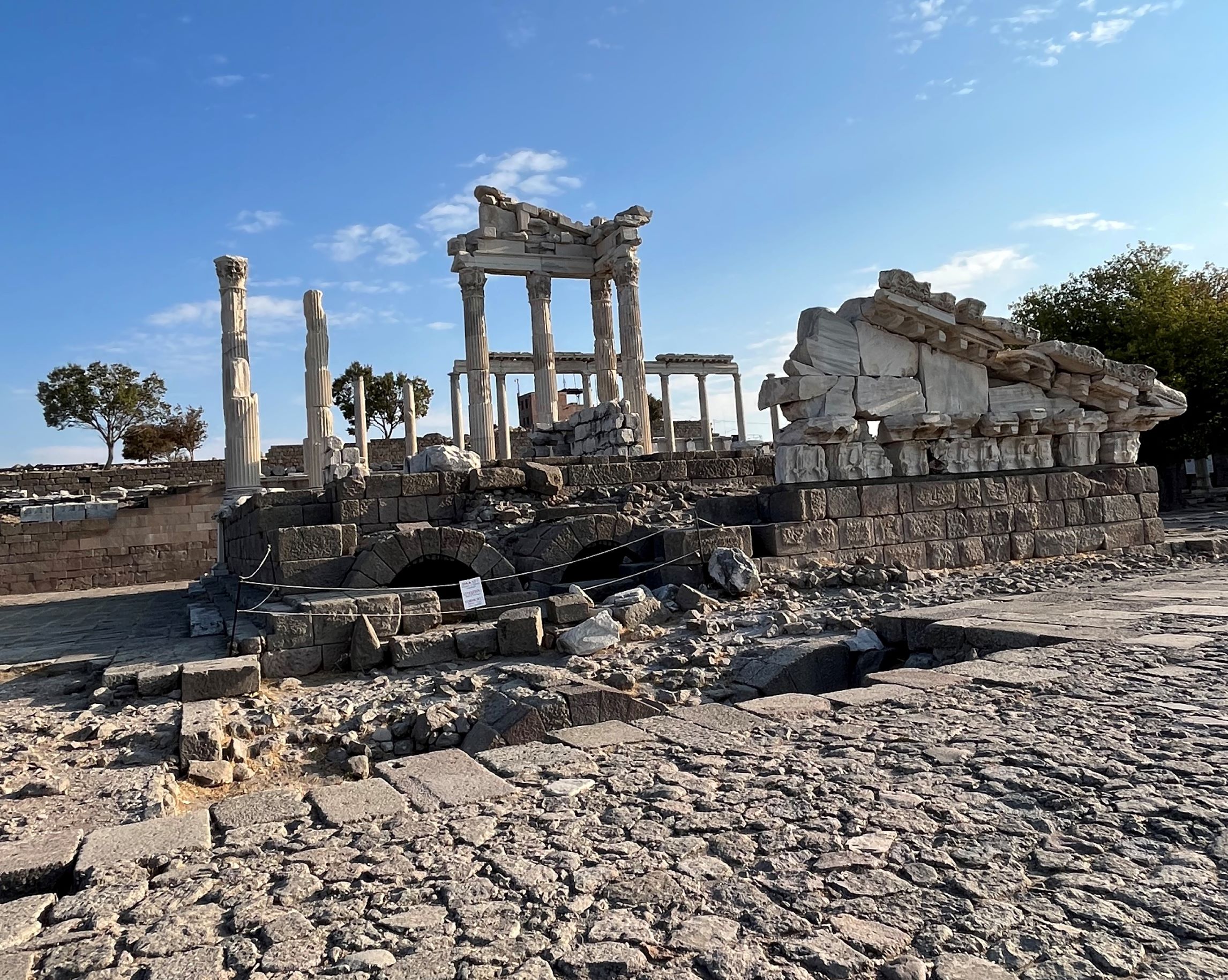
Over time, the city became a center of culture, art, science, and medicine, and it was home to one of the largest libraries of the ancient world. The structures built on terraced slopes add significant architectural and engineering value, making Pergamon stand out among ancient cities.
So, are you ready to discover the Pergamon Acropolis in seven steps?
Where Does the Name Pergamon Come From?
The Turkish phrase “ismiyle müsemma”, meaning “a name that perfectly suits what it describes,” seems tailor-made for the city of Pergamon. According to Bilge Umar, the name means “people of the high place,” while some sources trace it back to the word Pergamos, which is said to refer to a fortress on elevated ground. Standing atop Kale Hill—335 meters above sea level—with its commanding view over the Bakırçay Valley, it’s easy to see how fitting the name truly is. Especially if you’re one of those who decide to hike your way up to the Acropolis...
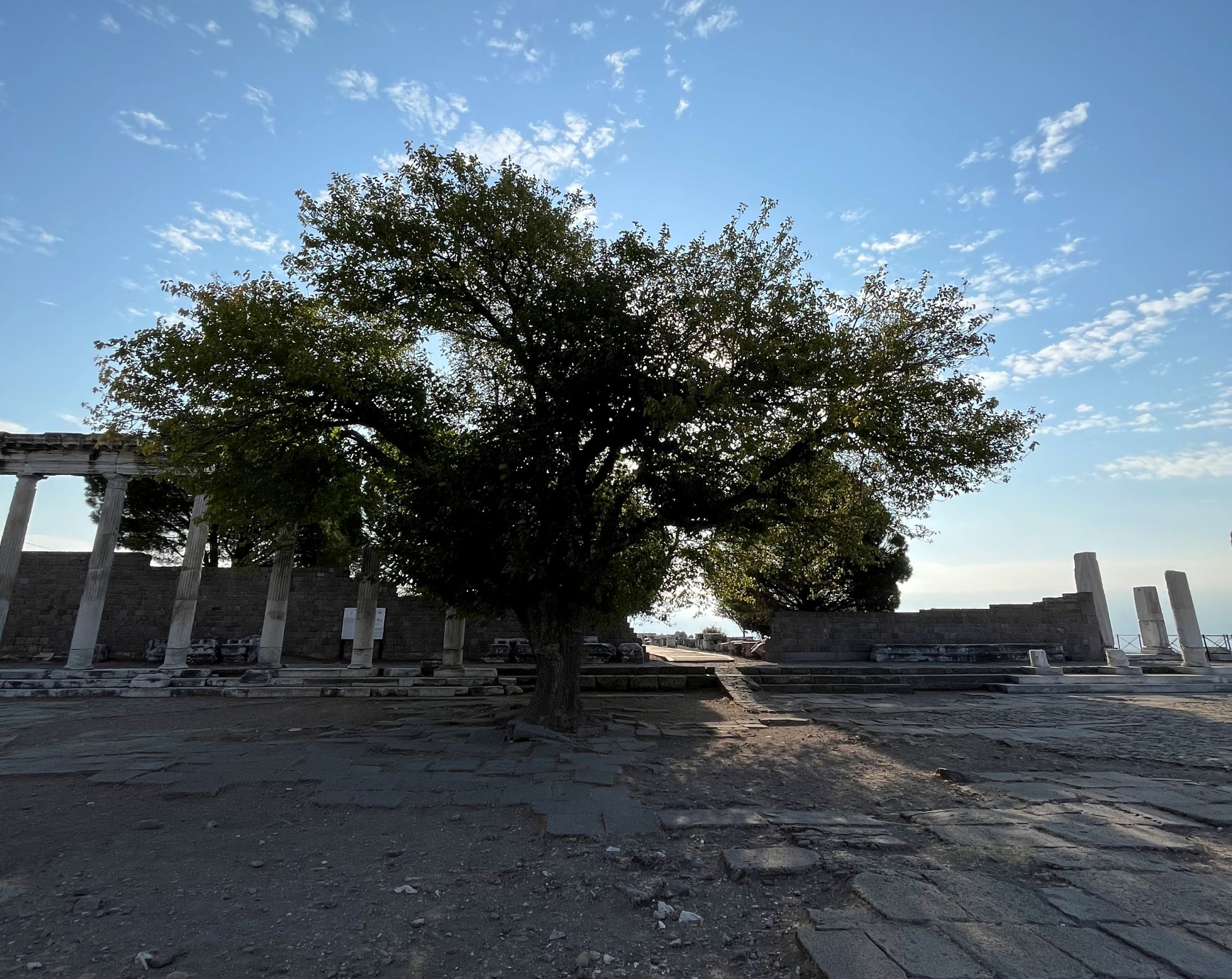
What Sparked the Rise of Pergamon?
Although the origins of Pergamon date back to the 8th century BCE, the true turning point in its history came after the death of Alexander the Great. Following his death, the empire was divided among his generals, and Pergamon fell under the rule of Lysimachus. Before heading to war against another general, Lysimachus entrusted a massive fortune—9,000 talents (an amount impossible to calculate today)—to the city’s steward for safekeeping in the Pergamon Acropolis. He never returned from the battle. In his absence, the fortress guardian Philetairos used the wealth not for himself, but to improve the city and serve its people.
What Makes Pergamon’s Acropolis Different from Athens’?
While rebuilding the city with the vast fortune entrusted to him, Philetairos diverged from the functional urban planning of Hippodamus—known for his grid layout—and instead embraced an aesthetic approach to city design. This led to the construction of public buildings, gathering squares, and pedestrian pathways that prioritized communal use and accessibility. As a result, Pergamon stood out with its strong social and cultural character, setting it apart from the Athenian Acropolis, which focused primarily on religious structures and symbolism.
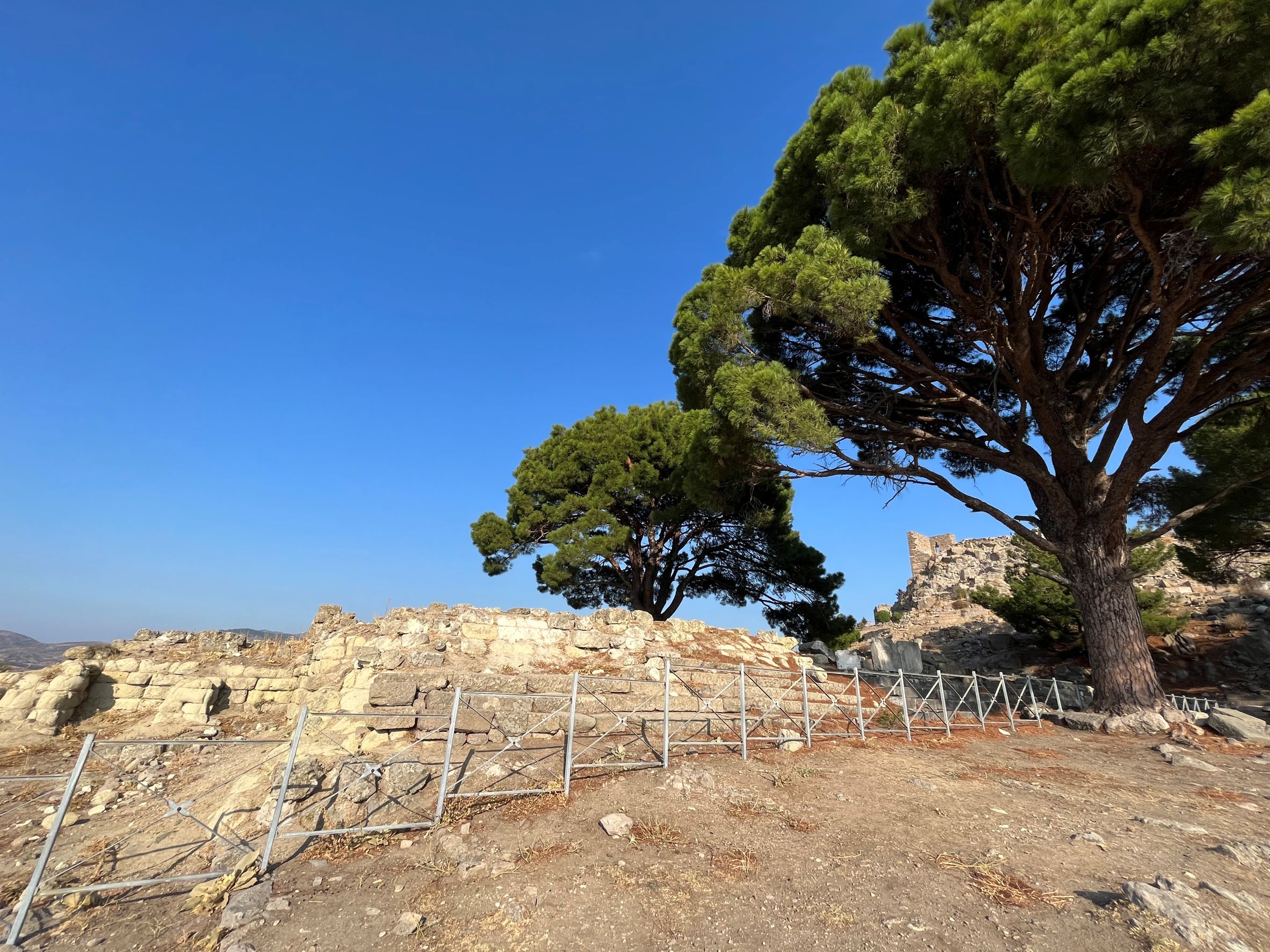
Pergamon’s Transition to Roman Rule Through a Royal Will
When King Attalus III of Pergamon died in 133 BCE without an heir, he bequeathed the entire kingdom to the Roman Empire. Such a transfer of power through a royal will was highly unusual, and even the Romans initially reacted with confusion and suspicion. Some sources suggest that King Attalus III made this decision as a strategic move to avoid conflict—essentially offering the kingdom in exchange for a non-aggression pact with the increasingly powerful Roman Empire.
The Rediscovery of Pergamon by Carl Humann and the Transport of the Altar of Zeus to Berlin
In the 19th century, as archaeology began to flourish, British and French archaeologists—driven by a fascination with Eastern civilizations—flocked to Ottoman territories in search of new discoveries. The German Empire, which had only recently unified, joined this race later on. However, rather than deploying professional archaeologists, the Germans often sent engineers or architects. One of these figures was Carl Humann.
While working on the construction of a road (or, according to some, a railway) between İzmir and Dikili, Humann came across ancient artifacts in the area and sent them to Berlin for further analysis. The evaluations were promising, and with permission from the Ottoman government, official excavations began on September 9, 1878. During these digs, reliefs depicting the mythological battle between the Greek gods and giants were unearthed. By January 1, the artifacts had been carefully packed into 34 crates and transported to the port of Dikili.
The crates were shipped in four voyages aboard the Aquila Imperiale, a vessel operated by the Lloyd shipping company. They first arrived in Trieste, and by February 1879, they reached Berlin. The removal of these valuable finds was made legally possible under the excavation and antiquities laws in force at the time.
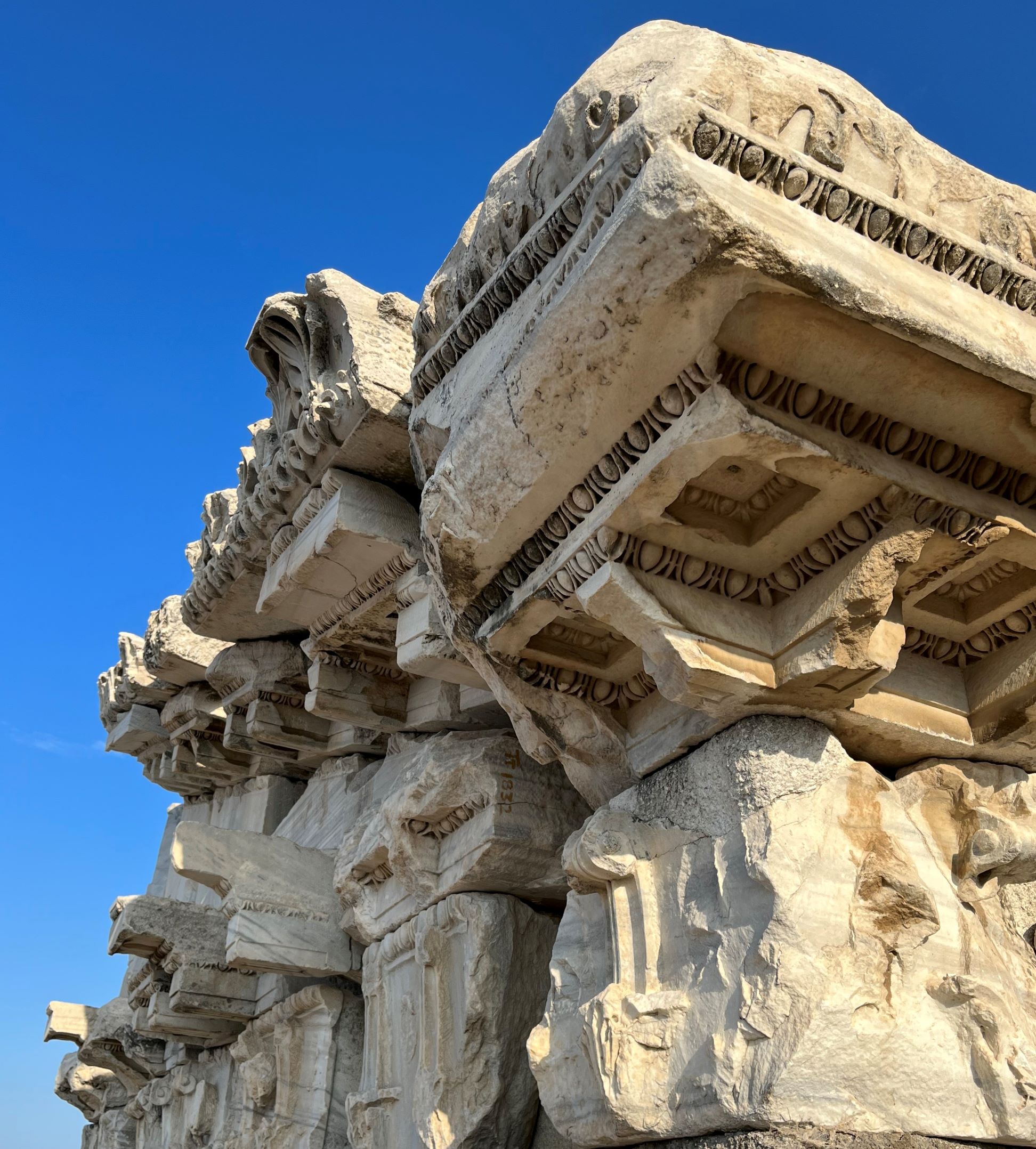
How Did the Ancient World’s Most Important Library Become a Wedding Gift?
Thanks to the cultural emphasis of King Eumenes II, Pergamon became home to a library containing over 200,000 volumes—rivaling the famed Library of Alexandria as one of the greatest libraries of the ancient world. Jealous of this growing prestige, Alexandria responded by banning the export of papyrus to Pergamon. Unable to procure papyrus for their books, Pergamon scholars devised a clever solution: they developed Pergamenian parchment—a fine writing surface made by smoothing and polishing animal skin with pumice.
So, what happened to all those incredible books? As it turns out, when the fiery romance between Marcus Antonius and Cleopatra blossomed into marriage, the entire collection of 200,000 volumes was sent to the Library of Alexandria as a lavish wedding gift.
The Theatrical, Sacred, and Spirited Trio of Pergamon’s Acropolis
The theater at the Pergamon Acropolis, with a seating capacity of 10,000, is known as the steepest theater of the ancient world. But what makes it truly fascinating is not just its slope—it’s the meaningful spatial relationship it shares with its surroundings.
Right next to the theater stage lies a temple dedicated to Dionysus. While Dionysus is widely known in mythology as the god of wine, it would be a mistake to reduce his influence to intoxication alone. In ancient times, wine was seen as a source of inspiration and a catalyst for intellectual discourse and social activity. The theater, in turn, was a place for such gatherings. For that reason, Dionysus is also revered as the god of theater. The side-by-side placement of the theater and the temple is a symbolic reflection of this dual role.
Let’s end with a small but remarkable detail about the theater stage: it was made of wood and was portable. Each time a performance was held, the stage would be assembled and later dismantled. This ensured that when no performance was taking place, the view of the Temple of Dionysus remained unobstructed and easily accessible for worshippers—a thoughtful design rooted in both practicality and reverence.
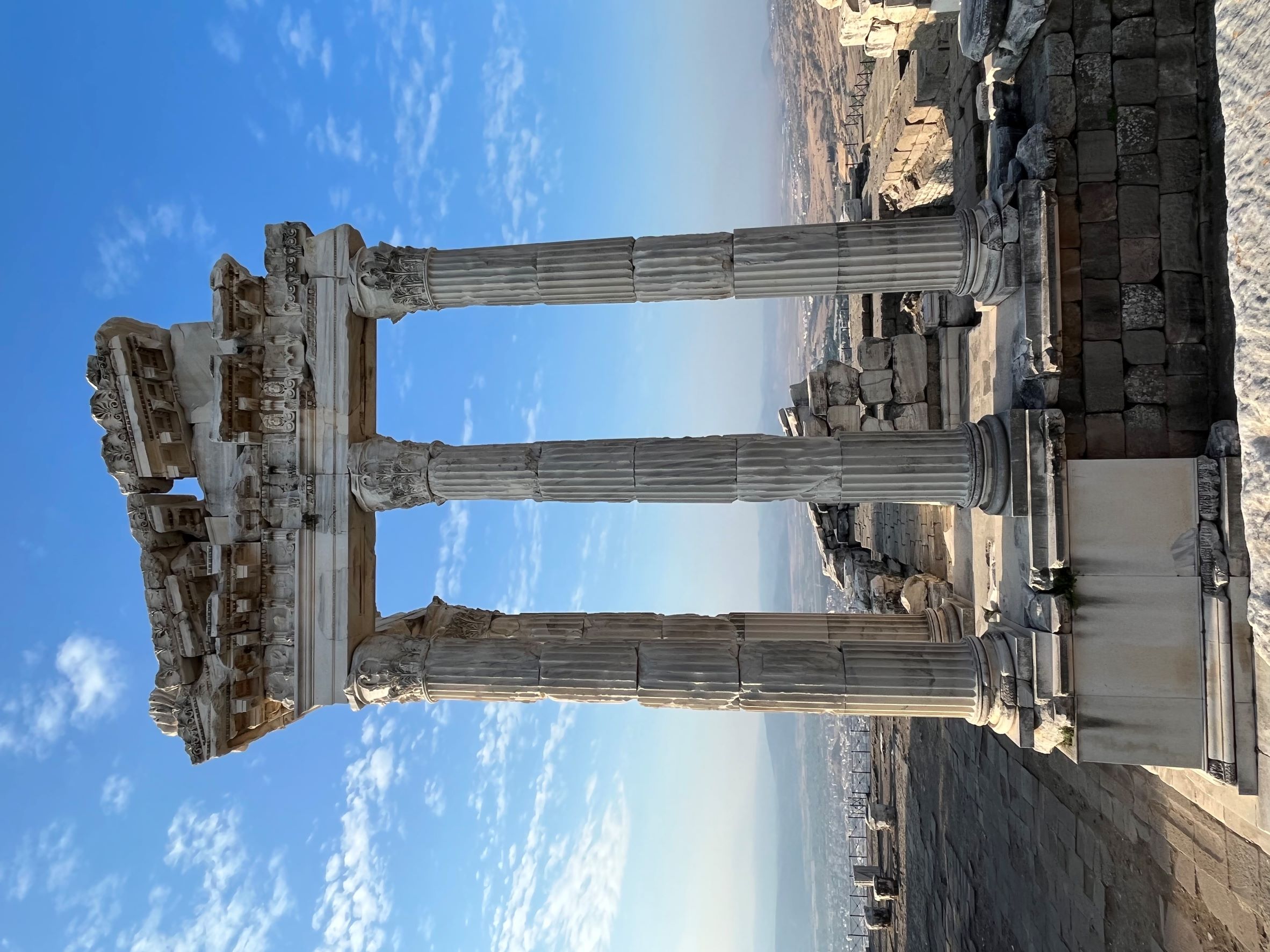
Oğuz Otay @Gezmekyetmez
